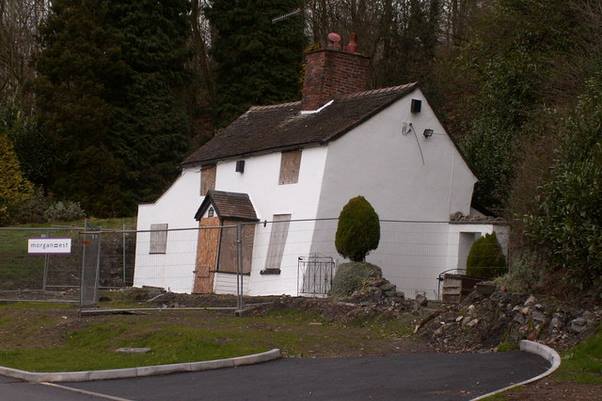Is Global Warming Sinking Our Homes?
- Written by News Company

Global warming could be causing our homes to sink – and it has nothing to do with rising sea levels.
Instead, homes are sinking into the earth. This is known a natural disaster known as subsidence and it’s becoming a growing issue globally.Why is global warming leading to subsidence? As the earth’s temperature slowly rises, soil is starting to lose its moisture content. This is leading to soil shrinkage, in which soils dries up and compacts. This then causes the foundations of properties to sink with the soil, causing entire homes to sink and in some cases collapse.
Just how bad is the problem?
Last year saw a heatwave across much of Europe. Following this heatwave, insurers noticed a significant rise in subsidence claims. In fact, in the third quarter of 2018, a whopping 10,000 households in the UK claimed subsidence on their home insurance.
Meanwhile, in France, subsidence has been a growing issue for some time. In fact, in the last two decades, subsidence-related losses have increased by 50%, overtaking flooding in some cases as the main source of property loss.A rise in subsidence has also been reported elsewhere in the world. The entire Indonesian capital of Jakarta is thought to be slowly sinking by 17cm per year. Located right by the sea, the sinking earth is exacerbating the dual threat of rising sea levels.
Is global warming definitely to blame?
The rise in subsidence seems to correlate to the rise in the temperature, which would suggest that global warming is definitely responsible. However, more sporadic rainfall is also having an impact on soil moisture content, which is thought to be due to our overconsumption of fresh water.
In other words, the human race is still probably to blame.How can we fight subsidence?
On an individual level, there are many ways to prevent subsidence destroying your home. Making sure not to plant trees near your home could make an impact – the tree roots will only suck out more moisture from the earth, whilst the roots could also contribute to foundations damage. It’s also possible to rehydrate the soil using a hydration system.
Other than this, your best precaution is to avoid moving into a property with early signs of subsidence. Pre-purchase building inspections are great for spotting such signs and could save you a lot of misery in the long run. Some areas are more likely to be prone to subsidence (clay soil is the biggest culprit) and it could be something worth checking with neighbours.Insuring yourself meanwhile could ensure that you’re able to afford repairs if subsidence takes place. Many home insurance schemes protect against this as it is a natural disaster. Homes can be saved if damage is caught early – insurance may be able to cover repair work such as underpinning.
As for preventing subsidence on a world-wide level, we can all take steps to fight global warming such as driving less often or switching to sustainable energy.

